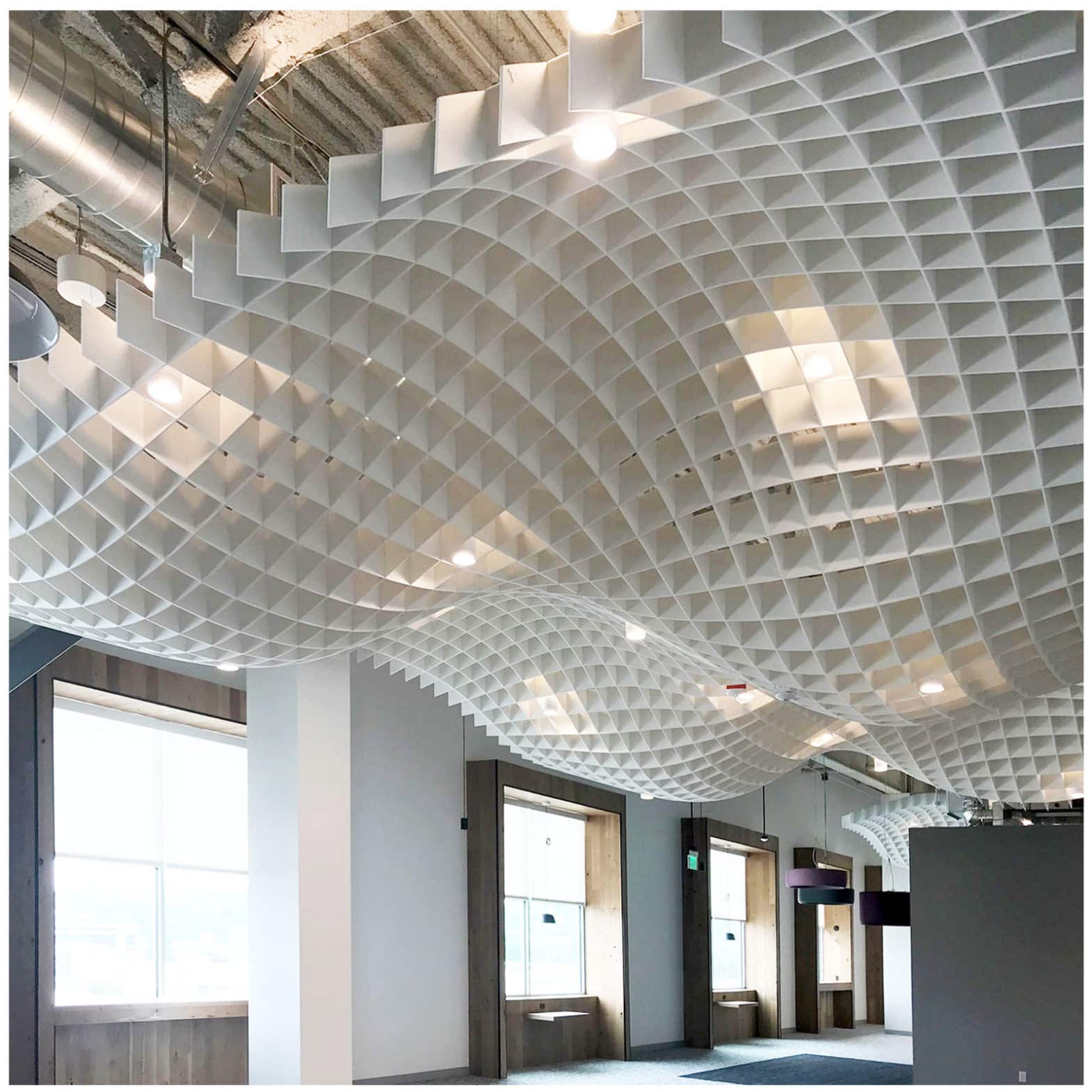Standing Desks Are An Increasingly Popular Choice
Standing desks are an increasingly popular choice in office spaces due to their potential benefits for productivity and health. They allow you to work while standing up instead of sitting down, offering a change from traditional desk setups. Standing desks might help reduce the risk of certain health issues associated with prolonged sitting, such as back pain and poor posture. Some users also find that standing desks improve their focus and energy levels throughout the workday.
Benefits of Using Standing Desks in the Office
Standing desks can improve your posture and reduce the risks of back pain caused by long hours of sitting. Standing desks can boost your energy levels and focus, leading to increased productivity. They also encourage more movement throughout the day, which can help in maintaining a healthy weight and reducing the risk of chronic diseases. Deskmakers’ Ascend series is a fantastic choice. You can see it here: Deskmakers’ Ascend.
Improved Productivity With Standing Desks
Standing desks can enhance your productivity at work. Research shows that alternating between sitting and standing can reduce fatigue, boost energy levels, and increase focus throughout the day. By standing, you engage your muscles and improve circulation, which can lead to better concentration and efficiency. A study in the Journal of Environmental and Occupational Medicine found that using standing desks can result in a 45% increase in productivity. So, switching to a standing desk can positively impact your work performance and overall well-being.
Ergonomic Considerations For Using Standing Desks
Another reason standing desks are an increasing popular choice, is they ensure proper posture. Adjust your screen to eye level to reduce neck strain. Place an anti-fatigue mat on the floor for comfort. Wear supportive footwear to reduce foot fatigue. Regularly shift your weight to prevent stiffness. Remember to take breaks and incorporate sitting periods throughout the day.

Setting Up a Standing Desk in Your Office Space
To set up a standing desk in your office space, first measure the height of the desk to ensure it aligns with your elbows when standing. Next, adjust your computer screen’s height to be at eye level to prevent neck strain. Consider using an anti-fatigue mat to reduce discomfort from standing for long periods. Remember to switch between sitting and standing to avoid muscle fatigue and maintain good posture throughout the day. See some beautiful examples of wood standing desks here: Beautiful, Sustainable Wood Standing Desks.
Tips For Transitioning to a Standing Desk
To make the shift to a standing desk smoother, here are a few helpful tips:
- Start gradually: Begin by standing for short periods and gradually increase the duration to allow your body to adjust.
- Invest in an anti-fatigue mat: Standing for extended periods can be tiring, so a cushioned mat can help reduce discomfort.
- Adjust the desk height: Your elbows should be at a 90-degree angle and your eyes should be in line with the top of your screen for proper ergonomics.
- Take breaks: Remember to sit down and move around regularly to avoid strain and fatigue.
Potential Challenges and Solutions
Some potential challenges of using standing desks include discomfort from standing for long periods, fatigue, and muscle stiffness. To address these issues, consider investing in an anti-fatigue mat to reduce strain on your feet and legs. You can also alternate between sitting and standing throughout the day to find a balance that works for you. Additionally, ensure that your desk is at the correct height to promote proper ergonomic alignment and use a footrest for added support.
Incorporating Movement With Standing Desks
Standing desks can help improve your productivity by allowing you to move more throughout the day. When you use a standing desk, you can alternate between sitting and standing, which can help reduce your risk of health issues related to prolonged sitting. Additionally, standing desks encourage better posture, increase energy levels, and can even help in burning more calories compared to sitting all day.
Enhancing overall well-being with standing desks
Standing desks can positively impact your overall well-being by promoting movement throughout the day, reducing sedentary behavior, and potentially improving posture and reducing the risk of health issues like back pain. Research suggests that alternating between sitting and standing at work may increase productivity and energy levels, as well as reduce discomfort.
Conclusion: Maximizing Office Productivity With Standing Desks
Standing desks can significantly boost your office productivity by reducing sedentary behavior and fostering better posture. Research shows that standing desks can enhance focus, energy levels, and overall well-being, leading to increased work output. By incorporating standing desks in your office setup, you can promote a more dynamic and active workspace, which can have a positive impact on employee performance and engagement. Remember, choosing the right standing desk that suits your needs and work habits is crucial for reaping the full benefits of this ergonomic solution.




